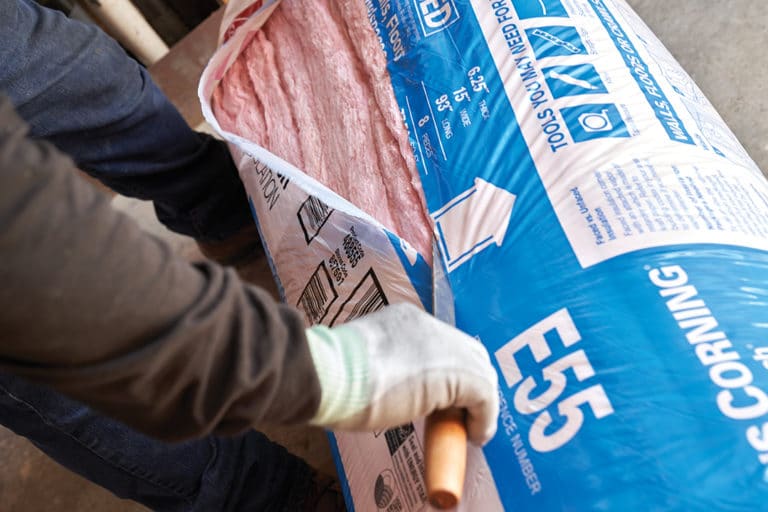If you live in a warm climate, radiant barrier insulation installation is one of the many ways to make your home more energy-efficient and comfortable in the summer. Radiant barriers, typically installed in the attic, are superior at reducing the heat that gets absorbed in areas where sunlight primarily hits, such as an attic. Radiant barrier insulation makes your home cooler by increasing its ability to reflect the sun’s energy. The radiant barriers consist of a highly reflective material that re-emits or reflects, the radiant heat rather than absorbing it.

Key Factors in Performance
There are three important factors that determine a radiant barrier’s performance:
- Emissivity (or emittance) – The ratio of the radiant energy (heat) leaving (being emitted by) a surface to that of a black body at the same temperature and with the same area. It’s expressed as a number between 0 and 1. The higher the number, the greater the emitted radiation.
- Reflectivity (or reflectance) – A measure of how much radiant heat is reflected by a material. It’s also expressed as a number between 0 and 1 (sometimes, it is given as a percentage between 0 and 100). The higher the number, the greater the reflectivity.
- The angle the radiation strikes the surface – A right angle (perpendicular) usually works best.
Radiant barriers can also be combined with other types of insulation materials. They come in a variety of forms, but the most common types of radiant barriers that are used with insulation are reflective chips, which are most often applied over loose-fill insulation.
The combination of radiant barriers and insulation is referred to as a reflective insulation system. Typically, reflective insulation systems are located between roof rafters, floor joists or wall studs in a home.